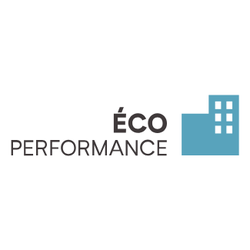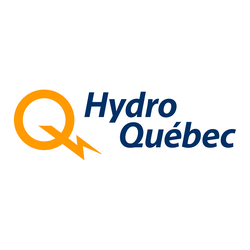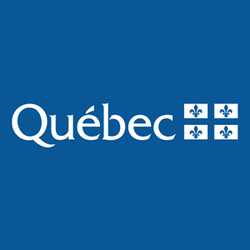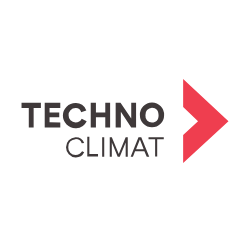
CRIAQ — INNOV-R
At a glance
- Maximum amount : 500,000 $
- Up to 80% of project cost
- Open Date : September 15, 2024
- Closing date : October 15, 2024
- Manufacturing
- Transportation and warehousing
- Professional, scientific and technical services
- Educational services
- Quebec
- For-profit business
- All revenue ranges
- All organization sizes
- Startups
Overview
Activities funded
This grant is structured to include entities within the province of Quebec, as indicated by the focus on Quebec's aerospace industry. While specific eligible areas are not detailed in the provided context, the emphasis is evidently on supporting regional technology and research collaborations.
- Organizations within Quebec's aerospace industry framework.
Eligibility
Eligibility for the Exploration-Innovation grant is determined by specific criteria related to the nature of the company and its collaborative capabilities.
- The applicant must be a large enterprise (OEM), a mid-sized company, or a small or medium enterprise (SME).
- The project must involve a research partnership, typically with collaboration between industry and academia.
- The project should focus on pre-competitive research for technologies related to aeronautics and space, covering sustainable aerospace, future air mobility, and digital aviation systems.
Who is eligible?
This grant is open to large enterprises (OEMs), mid-sized companies, and small or medium-sized enterprises (SMEs) interested in submitting a pre-competitive research project for technologies related to aeronautics and space applications, such as sustainable aerospace, future air mobility, and digital aviation systems.Eligible expenses
The grant focuses on fostering innovation and exploration in aerospace and space-related technologies. It supports research activities that explore new applications and validate technological elements within the industry.
- Projects exploring the potential of emerging technologies for aerospace applications.
- Validation of technological elements in research proposals guided by industry standards.
Selection criteria
- Access and benefit from the collective intelligence of industrial and academic partners. - Reduce the risk and share the costs of R&D. - Public funding can reach up to 80% of the project's monetary value. - Other partners such as the Natural Sciences and Engineering Research Council of Canada (NSERC), PARI, or MITACS may co-finance the project depending on the proposal. - Leverage effect generated by financial contributions: - Up to $5 obtained for every $1 invested per project. - Up to $20 obtained for every $1 invested (on average) per company. - Personalized support from the project idea stage until project completion.
How to apply
Consultation of project calls
- Visit the program's website to see the current calls for projects.
- Evaluate the eligibility criteria and project objectives.
Preparation of the proposal
- Draft a letter of intent briefly describing the proposed project.
- Develop a detailed proposal if the call for projects requires it, including the targeted emerging technologies.
- Coordinate with industrial and academic partners for project validation.
Submission of the application
- Fill out the intention form before the deadline (09/15/2024 for the current call).
- Submit the complete proposal before the deadline (10/15/2024 for the current call).
Follow-up and confirmation
Additional information
Here are additional relevant details for this grant:
- Public funding for projects can cover up to 80% of the project’s monetary value.
- The program encourages collaboration by allowing project co-financing with organizations such as NSERC, PARI, or MITACS.
- The leverage effect allows projects to obtain up to $5 for every $1 invested, and companies overall up to $20 for every $1 invested on average.
- Projects have access to the collective intelligence of both industrial and academic partners.
- A personalized support system is provided from the project's inception to completion.
- Projects usually have a maximum duration of 3 years, but this can vary depending on specific call requirements.
- Non-subsidized contributions may be eligible for tax credits, such as the Scientific Research and Experimental Development (SR&ED) tax credit, according to current program criteria.
- Management fees apply to the total project value, and details can be clarified by contacting the project portfolio team.
Frequently Asked Questions about the CRIAQ — INNOV-R Program
What is the CRIAQ — INNOV-R?
How much funding can be received?
What expenses are eligible under CRIAQ — INNOV-R?
What is the deadline to apply?
Is the CRIAQ — INNOV-R a grant, loan, or tax credit?
Who are the financial supporters of the CRIAQ — INNOV-R?
Who is eligible for the CRIAQ �— INNOV-R program?
Who can I contact for more information about the CRIAQ — INNOV-R?
Where is the CRIAQ — INNOV-R available?
Are startups eligible for the CRIAQ — INNOV-R program?
More programs like this

ÉcoPerformance — Recommissioning of building mechanical systems
Gouvernement du Québec
Electricity Management Systems
Hydro-Québec
Program for efficiency in maritime, air, and rail transport - Infrastructure and equipment component
Minister of Transport and Sustainable Mobility of Quebec
GHG Challenge Program - Industry
Environnement Québec (MELCC)
Maritime, Air, and Rail Transportation Efficiency Program - Pilot Project Component
Minister of Transport and Sustainable Mobility of Quebec
Economic development program to help revitalize territories (DEPART)
Investissement Québec (IQ)
Maritime, Air, and Rail Transportation Efficiency Program - Studies Component
Minister of Transport and Sustainable Mobility of Quebec
Call for collaborative and structuring innovation projects in Quebec's strategic sectors
Gouvernement du Québec
Innovative Projects Program
Hydro-Québec